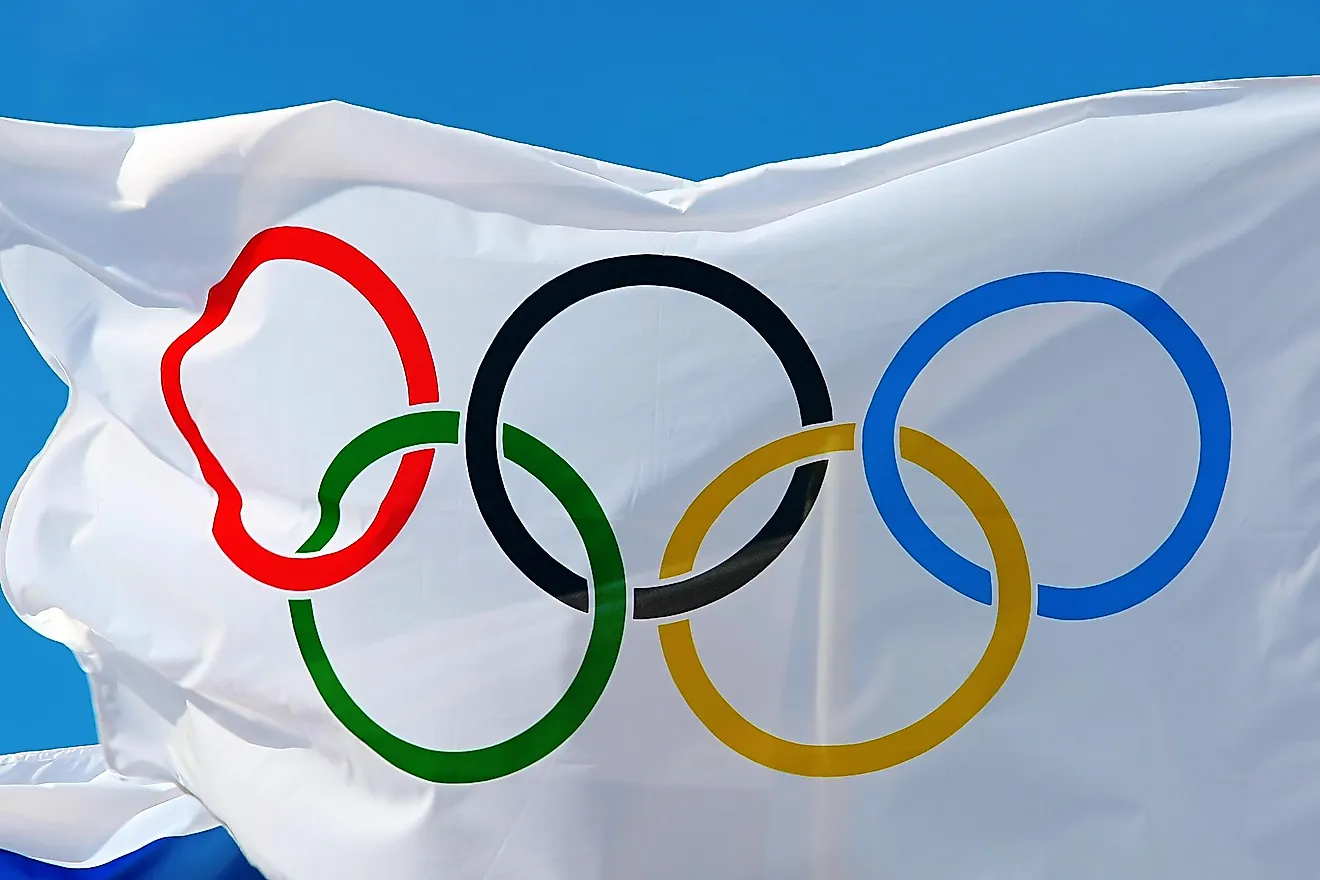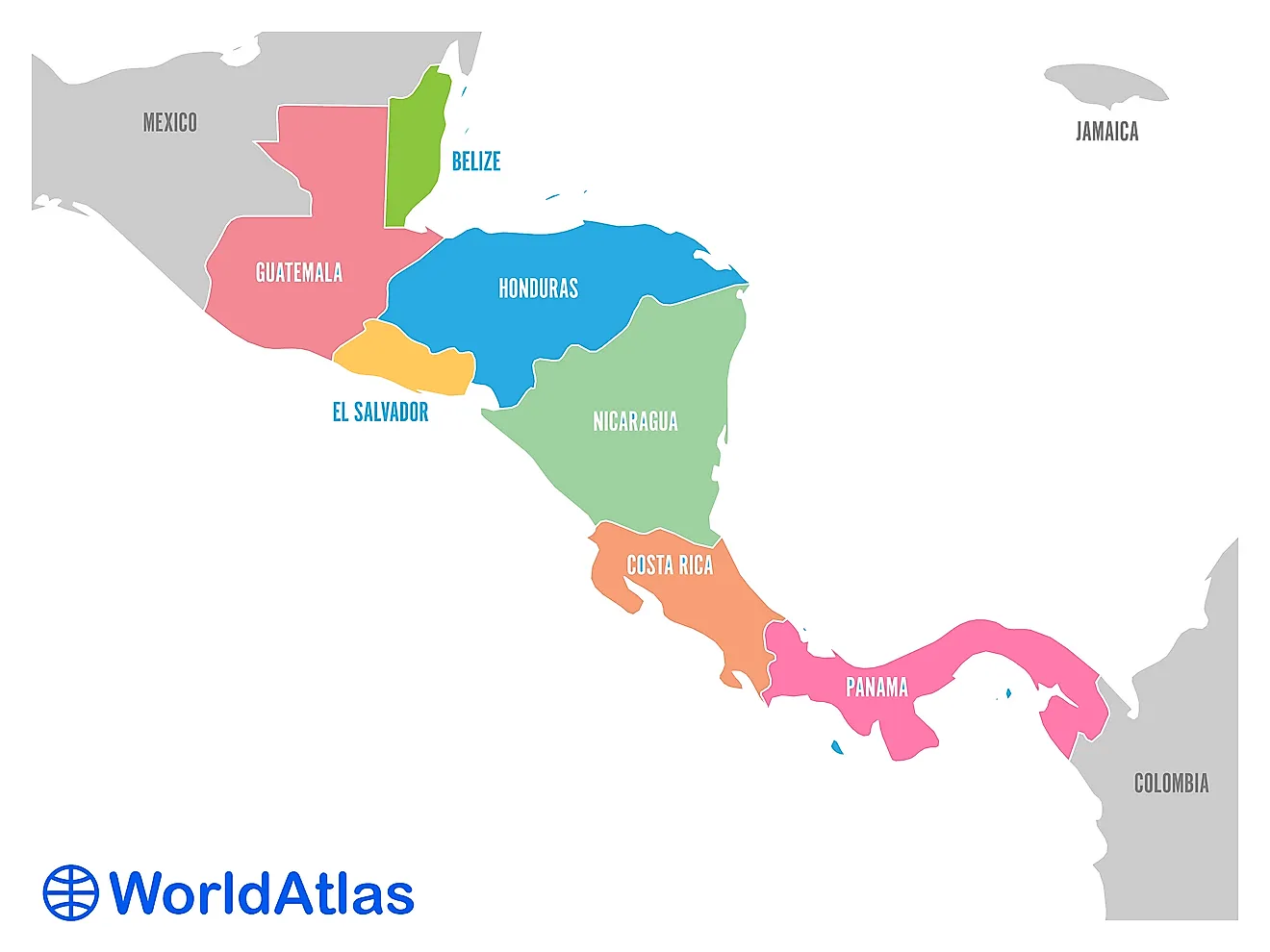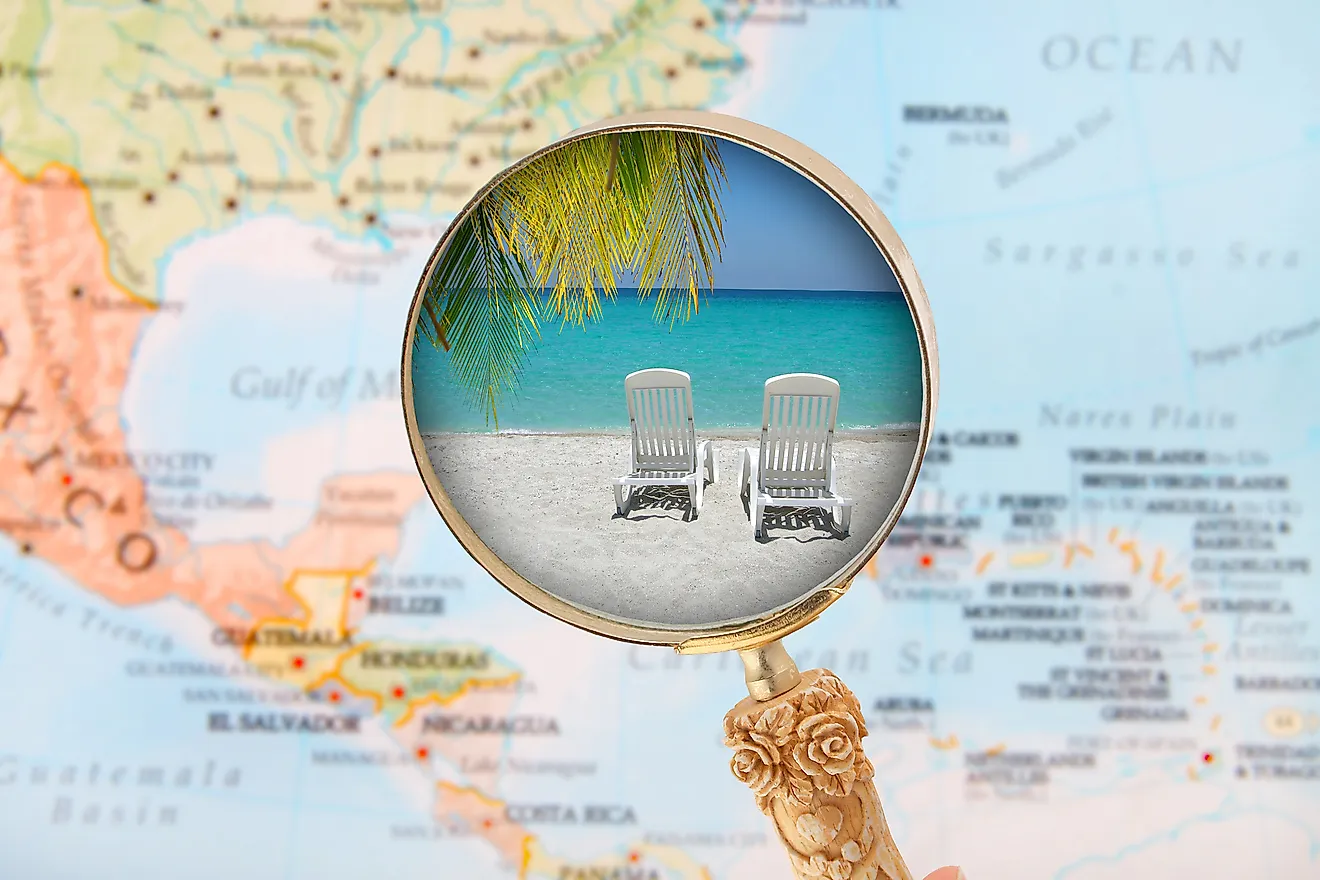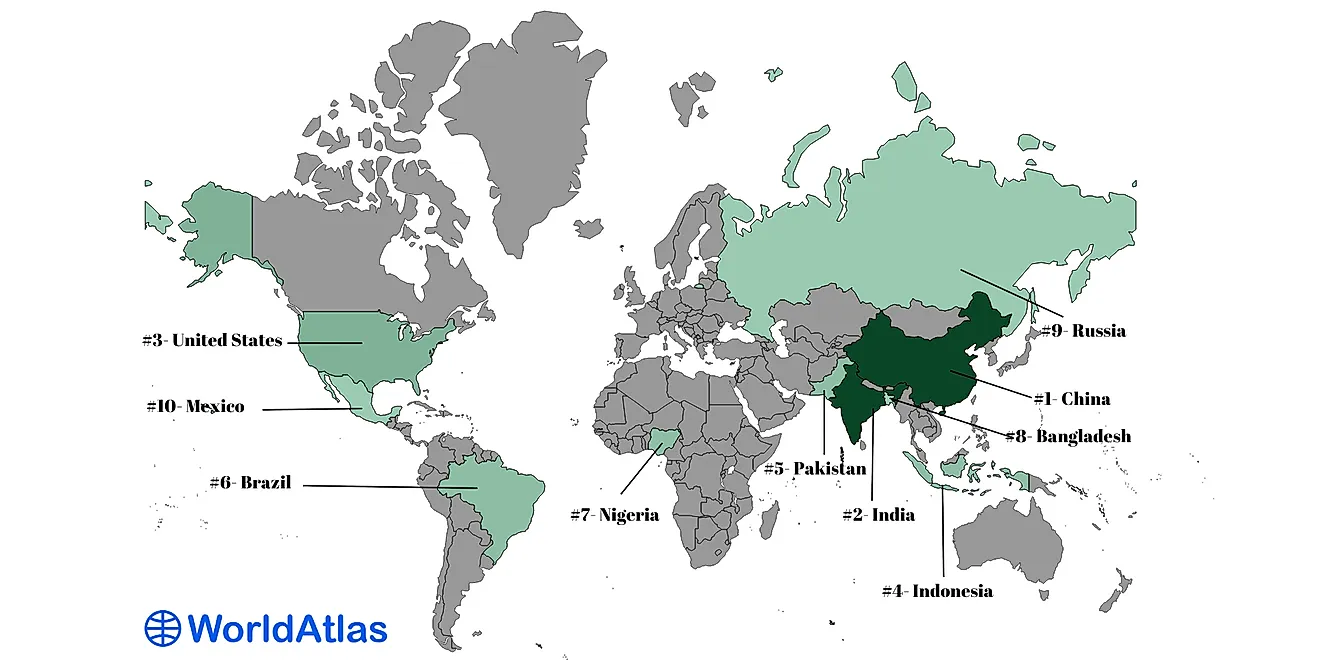Did You Know That Scotland’s National Animal Is The Unicorn?
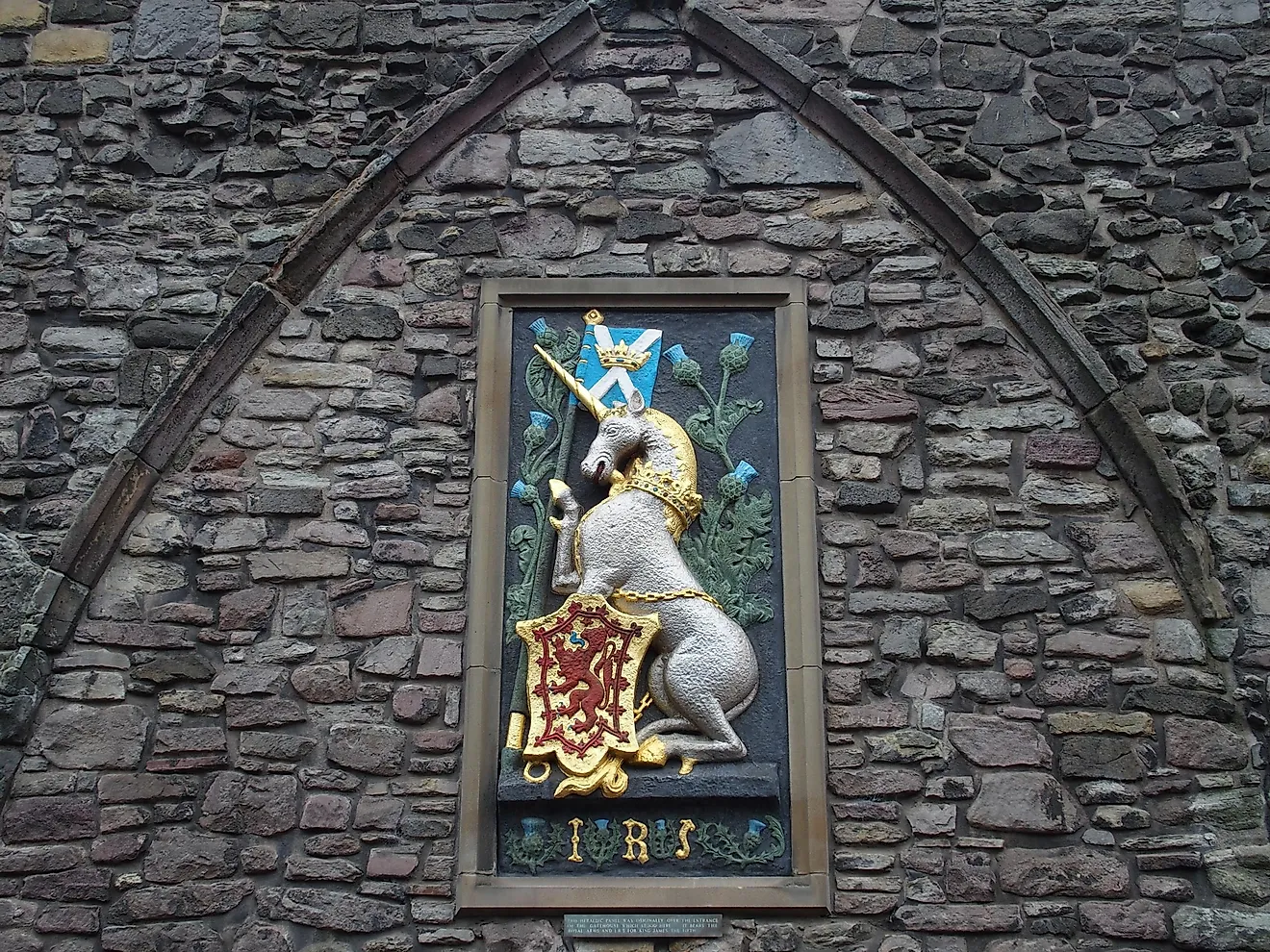
The unicorn is a legendary creature that finds mention in the ancient seals of the Indus Valley Civilization, in the writings of ancient Greeks, in numerous European folklore tales, and, according to some, even in the Judeo-Christian Bible. The description of the unicorn in the various writings and folklore allows one to imagine a white horse-like or goat-like animal with a long, pointed, spiraling horn, and cloven hoofs. The unicorn is often regarded as a symbol of purity, joy, innocence, and grace, and as a creature with mystic powers that can heal sickness and pain by virtue of its magical horn. Scotland has adopted the unicorn as it's national animal.
The Unicorn in the History of Scotland
Several artistic works from the Medieval Period depict the unicorn, wherein this creature is often used to denote the sanctity of virgins, including the Virgin Mary, the mother of Jesus Christ. As per a popular saying of this period, only virgins have the capability to capture a unicorn, as these freedom-loving creatures become so enthralled by the virtue of a virgin maiden that one will surrender itself to the maiden, and willingly fall asleep in her lap. The non-Christian, Celtic mythology of Scotland during this period also gave recognition to the beauty, freedom, courage, and purity of the unicorn.
Before long, the Unicorn had been adopted as an iconically Scottish symbol. An early version of the Scottish Coat of Arms bore the symbol of this mythical creature in the 12th century, while during the rule of King James III of Scotland in the latter half of the 15th century, Scottish gold coins featured the image of a unicorn on them. Originally, there were images of two unicorns, one holding the Saltire and the other the Lion's Rampant. However, the unification of Scotland with England led to the replacement of one unicorn by a lion, with the latter representing England. Currently, the Royal Coat of Arms depicts an image of a Scottish Unicorn to the left, bearing the flag of St. Andrews, and an English lion, bearing the flag of St. George, on the right.
Appearance of the Scottish Unicorn
The Scottish Unicorn is depicted as a creature with a white, horse-like head and body, and a white mane and the cloven hooves of a goat. It has a tufted tail like a lion, and, of course, the characteristic unicorn singular horn arising from the top of its forehead. In recognition of the dangerous beauty of the wild unicorn, it is also bounded by a golden chain, which is often seen passing through its neck and wrapping all around its body.
Why the Unicorn?
Western Civilizations believed in the existence of the unicorn for about 2,500 years. The first scientific theory disproving the existence of these creatures was presented in 1825 by scientist Baron George Covier, who claimed that an animal with a cloven hoof must also be in possession of a cloven skull, rendering the existence of a single horn as biologically impossible. In later years, an experiment conducted by Dr. W. Franklin Dove in 1900 led to the creation of a one-horned bull induced by the artificial fusion of the horn buds of a calf. However, the still ongoing absence of a creature in nature meeting the description of a true unicorn has led most scientists to disbelieve in the existence of this creature.
Why, then, has Scotland adopted, and continued to use, a mythical creature as its national animal? Possibly the tales of dominance and chivalry associated with the unicorn overpower the scientific facts of its existence, leading to its choice as a national symbol. There are tales describing how a unicorn visits a water body poisoned by a snake and purifies the water by dipping its horns into it, rendering the water safe for other creatures. Thus, the creature symbolizes goodwill and positivity. Also, the existence of the creature has not been completely negated, and debates continue to rage on regarding its presence in the past, or even the present, biological world of fauna.
The unicorn appears to be an ultimate animal, endowed with the many of the best qualities possible for any creature, and hence it continues to be the National Animal of Scotland, and many Scottish proudly accept it as such.

